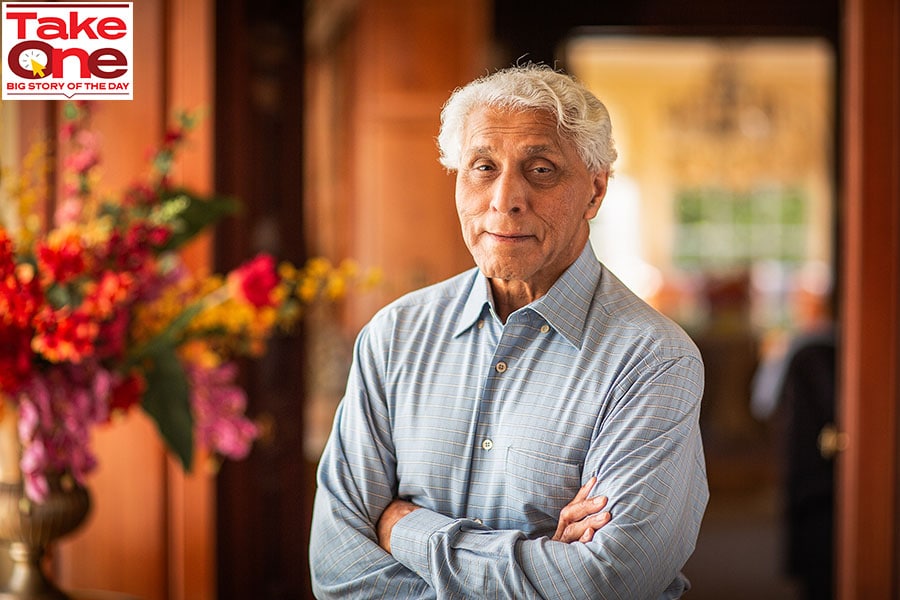
Generative AI is evolving every week, but the adoption is happening at a slower rate: SymphonyAI's Romesh Wadhwani
The Silicon Valley tech billionaire on the current hype around GenAI, partnering with Nvidia, threats from artificial intelligence, and the need for regulating it
 Romesh Wadhwani, chairman and founder of SAIGroup. Image: Timothy Archibald
Romesh Wadhwani, chairman and founder of SAIGroup. Image: Timothy Archibald
It's an exciting time to be in AI (artificial intelligence), says Romesh Wadhwani, who has seen five generations of AI. The previous cycles were limited in capabilities. They were less flexible and agile, and the barriers to adoption at scale were high. On the contrary, generative AI is far more powerful and universal in terms of its applications, explains the 77-year-old Indian-American entrepreneur and philanthropist.
GenAI is rapidly evolving. “Our yearly disruptive technology review has turned weekly now. It is impossible to keep up with fast-moving technology. But we do the best we can,” says Wadhwani, chairman and founder of investment firm SAIGroup and its portfolio of three enterprise AI software technology companies.
Before GenAI kicked in, Wadhwani in 2017 launched SymphonyAI, which helps firms like Marks & Spencer enhance efficiency of store operations, enables retailers predict demand, and assists financial companies in detecting fraud. The Palo Alto-headquartered company is now preparing to go public in the second half of 2025, as it reached $500 million in revenue run rate last year and achieved profitability after growing revenue at a rate of about 25 percent.
SymphonyAI has a market cap of $4 billion with $310 million in annual revenue. In July, L&T Technology Services announced a partnership with SymphonyAI to bring AI operations to enterprises worldwide. The solutions are delivered to the customers through predictive and generative AI-based IT services and enterprise service management platforms to enhance productivity and simplify work.
Overall, “the group now has revenue of $800 million. We're approaching $1 billion in revenue just seven years into our startup”, Wadhwani tells Forbes India in a virtual interaction.


















